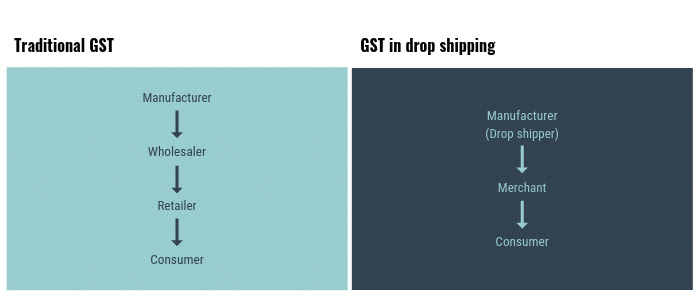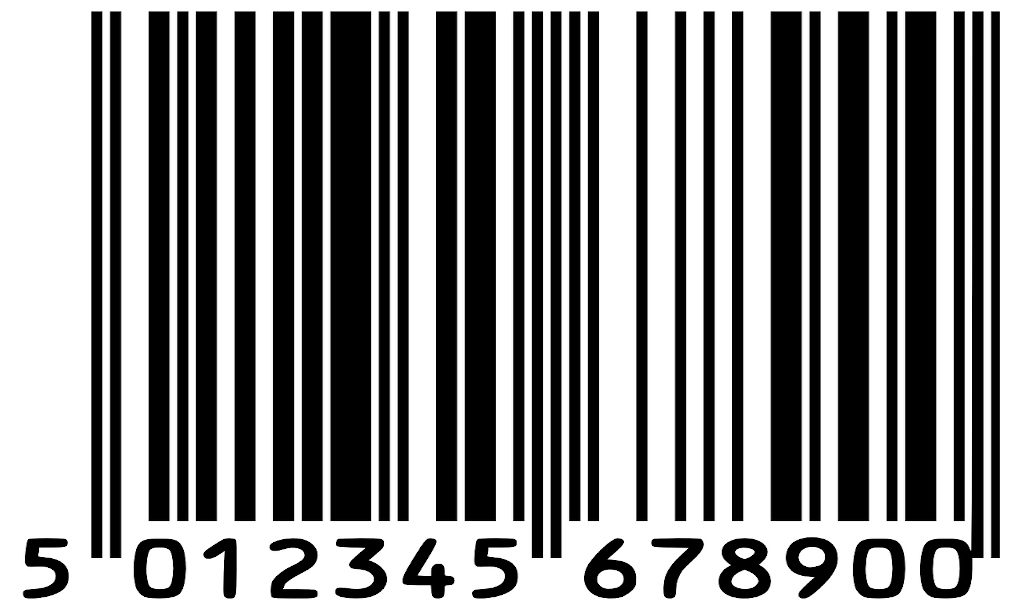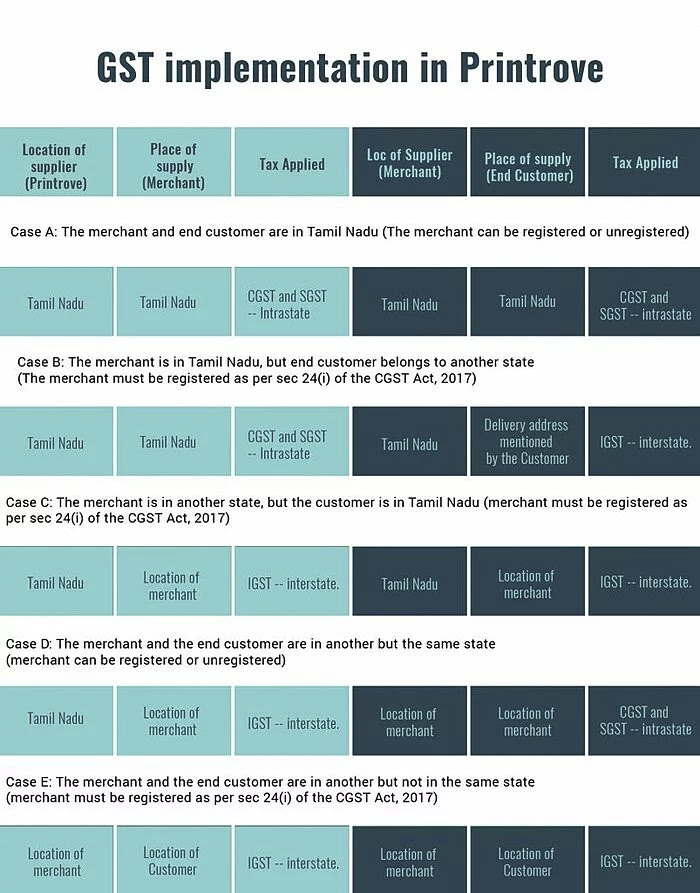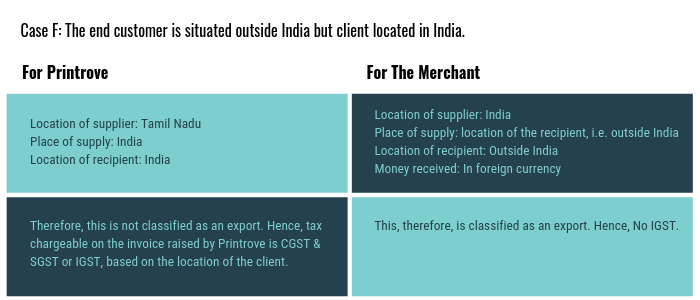Do the legalities of a Dropshipping Business scare you as a business owner? Or are you just starting out and curious to figure out everything? In this post, I’ve tried to answer all your questions about GST for a Dropshipping Business in India.
Today’s eCommerce is moving towards a different dimension and the Goods and Services Tax (GST) is a part of it.
Did you know the Indian eCommerce industry is expected to hit $100 billion online retail revenue by the year 2020?
Which basically means more opportunity and success to you.
However, you as a seller must abide by the registration requirements and declare your turnover to tax departments to play it fair.
You can always win by playing fair. Didn’t you see those movies where the hero goes just a bit against the law and that costs him his fortune?
Well, in this case, what happens in the movies happens in reality too, mostly. But it won’t happen to you if you abide by it. From my end, I’ll try to keep it super simple by sharing only what you need to know.
What is GST?

GST – Goods and Services Tax is an indirect tax which took over many indirect taxes in India.
Now, what is an indirect tax?
First, let’s understand how the direct tax (income tax) works to get better clarity of indirect tax.
A tax levied on your actual income earned is Income Tax. So if I earned an x amount of money as income, the tax levied would be a % of x.
An indirect tax (GST) is levied (charged) on the goods and services, that’s why the name- Goods and Services Tax. It was passed in the parliament in the year 2017.
Why GST for a Dropshipping Business in India?
I know what you might be thinking. Why do I need to pay tax? It’s my hard-earned money. Why should I pay a share to the Government? Good question.
I don’t think I can answer that, however, let me share a few insights which might help you take a good view towards GST.
Did you know GST is implemented to cut off all the indirect taxes that were earlier applied to goods and services?
These were a few indirect taxes in India before GST came into the picture:-
- Service Tax
- Excise Duty
- Value Added Tax
- Customs Duty
- Stamp Duty
- Entertainment Tax
Now with GST, you don’t have to pay each tax separately for your dropshipping business in India.
Most importantly, there is no double taxation. In other words, you don’t have to pay tax twice on the same source of income after GST’s introduction.
The following are a few other benefits of GST:-
GST is advantageous in the following ways:
- Removes cascading tax effect
- Higher threshold for registration
- Composition scheme for small businesses
- Online simple procedure
- Lesser compliance
- Defined treatment for eCommerce
- Increased efficiency in logistics
- Regulating the unauthorized sector
- Completely technologically driven

Hopefully, now you have a positive viewpoint towards GST. And now you’re all pumped to register your dropshipping business.
It’s quite simple. Just a few more crucial concepts that you need to know before you can get going.
Important Concepts to calculate GST for a Dropshipping Business in India
There exist 3 tax components under GST namely CGST, SGST, and IGST.
CGST:
CGST is Central Goods and Services Tax. It is collected by the Central Government on an intra-state sale (Tamil Nadu – Tamil Nadu).
SGST:
SGST is State Goods and Services Tax. It is collected by the State Government on an intra-state sale (Tamil Nadu – Tamil Nadu).
IGST:
IGST stands for Integrated Goods and Services Tax. It is collected by the Central Government on an inter-state sale (Tamil Nadu – Other States).
So basically, when you sell within the state, CGST and SGST both are applied.
And when you sell to other states, IGST applies.
How is the GST tax rate calculated?

The rate depends on the HSN codes of the items.HSN stands for the Harmonized System of Nomenclature.
It is a way of classifying all the goods in the world to differentiate them logically. Similar to how you assign SKUs to your inventory or in other words tags to clothes.
Another interesting point to note is that the tax rate of CGST and SGST is always half of that of IGST.
So if you’re selling a t-shirt and the tax rate is 18%, CGST and SGST would be 9% each. Similarly, IGST would be 18%.
Place of Supply – GST
To better understand how GST is charged, you need to know the concept of Place of Supply
Place of supply simply means the place where the goods and services are consumed. The place of consumption is different from the place of origin.
It is crucial because this place determines if a transaction is inter or intrastate and accordingly CGST/SGST or IGST is levied.
GST Number– GSTIN
GSTIN stands for GST Identification Number. It is a 15 digit number that has replaced the Tax Identification Number. (TIN)
Your business can be a One Person Company (OPC) or sole proprietorship or can be both. In any case, you will require the GSTIN to carry on your business in India lawfully.
Remember, you have to play fair and win to avoid costly mistakes.
Paying GST vs Filling GST
There is a common misconception between paying GST and filing GST. Actually, they both are different.
You don’t have to pay GST if you’re not selling your products to Indians. But it is mandatory to file GST if you’re an Indian resident doing business.
In order to file the GST, you can approach a chartered accountant. They will automatically file your GST when the time comes for a nominal fee.
GST implementation with an example:-
Printrove operates under a Business to Business (B2B) model.
In other words, we offer our services to merchants who run their businesses. These merchants (sellers) receive orders from their customers and then place an order in turn with Printrove (drop shipper/manufacturer).
Printrove produces these products, packs, and ships them directly to the location of the customers (ship-to address) on behalf of the merchant.
A single order, from beginning to end, involves three parties:
- Printrove, being the principal manufacturer and distributor of the products;
- Merchant, being the business that places an order with Printrove, and;
- End customer, being the source of the order.
There are two separate transactions.
The first transaction is between Merchant and End- Customer, who places an order with Merchant. In the next transaction, the merchant places an order with Printrove.
The tax applicable to each of these transactions depends on the place of supply and location of the parties.
Here are a few scenarios to understand GST better. Since Printrove operates from the state of Tamil Nadu, all the scenarios are explained with respect to Tamil Nadu.
The left side talks about how GST applies to Printrove. Whereas the right side explains how GST applies for a merchant/seller.


Additional Conditions for a sale to be classified as Export:-
Export, as defined by the IGST Act, occurs when:
- A supplier is within India – seller
- A recipient is outside India – end customer
- Place of supply is outside India
- The customer pays in convertible foreign exchange.
Conclusion
The above-mentioned cases make it clear how the GST applies to various circumstances in the case of dropshipping in India.
GST opens a lot of opportunities by increasing the number of sales channels and enabling us to do business with other registered businesses.
For more info on registering for GSTIN please get in touch with a chartered accountant who can help you get a GSTIN and monthly filing.
Well, this is all about GST — Goods and Services Tax. Hope this answered all your questions. If not, let me know in the comments section below and I’d be happy to answer.




